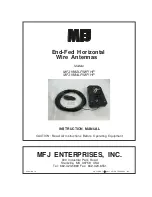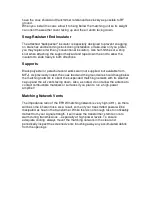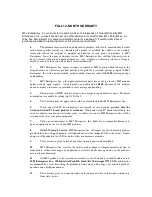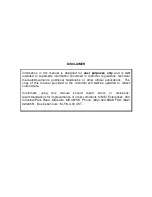
Installation Instructions
Supports:
Install the antenna wire using one or more high supports (typically
tree limbs). Note that the "no-snag" end insulator is especially shaped to slide
through branches in both directions to make installation and take-down easier.
Typical Residential Setup:
Matching Network
Ground
Antenna Wire
Insulator
Tie-off
Support
Tall
Coax
Safety
Typical Portable Setup:
Radio
Network
Coax
Ground
Antenna Wire
Coil
Insulator
Tie-off
Support
Tall
Grounding
Always install a safety ground using a temporary or permanent ground rod. If you
can't install a rod, make a counterpoise with using 15 or 20 feet of wire and
spread it out beneath the feed point. The driving resistance at the antenna's feed
point is very high, so your ground need not be perfect in order to reference the
cold end of the matching transformer to earth. Grounding provides an alternate
return path, reducing the probability of common-mode RF energy finding its way
back to your radio via the outside of the coax shield.
Feedline
Use any suitable 50-ohm coaxial cable to feed your antenna. As a rule, it's best
to keep the feed line as short as possible. When a longer run is necessary, route
coax along the ground rather than suspended in the air. Also, do not install ferrite
beads or a current style choke-balun at the input of the antenna matching
network -- the blocking impedance won't be high enough to be effective. Better to


























